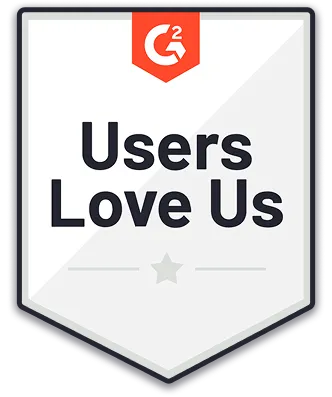
When we started Bitwave in 2018, my co-founder and I had a single vision — to enable digital assets for enterprises. Both Amy and I have deep experience in enterprise software, and we both believed that enterprises would inevitably adopt crypto, so it was sort of a no-brainer. This past year has proven out our faith as businesses from Tesla to Topps to Time Magazine have lobbed themselves into digital assets, and we only see this accelerating.
To that extent, and in an effort to encourage more enterprises to bring digital assets onto their balance sheet, today we’re launching the Bitwave Digital Asset Maturity Model — a first of it’s kind roadmap for any business to adopt digital assets safely, compliantly, and with full support from their CFO and finance team. Is your business sitting on a stockpile of in-game assets, historical images, or revenue that could be tokenized, digitized, or NFT’ized, but you aren’t sure where to start? Start here.
“By simply watching the price of Bitcoin fluctuate in the press, you might not realize that businesses have adopted whole classes of digital assets and are re-wiring their companies to embrace a decentralized future,” said Bitwave Co-Founder and CEO Pat White. “We want to ensure that any business interested in the opportunities unlocked by digital assets has a clear map to success.”
We decided to write The Digital Asset Maturity Model for a simple reason — we want to see general adoption of digital assets at enterprises, and we’re so confident in our product that we’re not afraid to share our expertise. More to the point, our broad experience working with finance teams and digital assets means we keep seeing the same issues day after day, and we thought we could help. For instance, you might wake up one morning to see an email from your CTO saying he decided to spin up a smart contract project and bought a bunch of ETH, or a CFO nervous about inflation (4% now) who is hounding the board to diversify into a deflationary asset. We’ve seen it all, and we can help you.

Without giving away too many spoilers, we break the problem down into four phases.
Adopt
Is one of your contractors demanding to be paid in crypto? A CTO with a corp card hooked up to Coinbase? You suddenly have digital assets on your balance sheet, and your days of happily pretending you won’t have to deal with this problem are over. First step? Setup policies, get some software, and start building processes!
Expand
Wait a minute, it took 30 seconds and cost $1 to pay an enormous contractor bill, across boarders, with no headaches or phone calls to the bank? Is there really a world where digital assets could actually make your business better, more efficient, and more profitable? Indeed there is, and at this level you’re looking to support not just one or two wallets at your org, but hundreds, and not just a single use case, but Account Receivable, Accounts Payable, maybe even payroll and bonuses (we pay our’s in crypto). You need software to collectively monitor wallets, support robust custodial solutions, and more.
Unlock
Suddenly your organization is a true believer — digital assets have become a significant part of your business processes, maybe even one of your major revenue streams. At this point your tax and accounting software has to handle millions of transactions a month, monitor thousands of wallets, and accurately account for all of this. You need to have training setup for new employees, checks on existing wallets for private key access, and more.
Amplify
Ever though about firing your banker? We have customers who have done it — they’re issuing bonds directly on Ethereum, earning yield from DeFi pools, and managing millions of dollars, at scale, on the blockchain. You need financial analysts who are thinking about your portfolio and helping to monitor your financial health, but you also don’t need a banker taking 3% on simple financial transactions. Your business is becoming more self empowered and the finance team is fundamentally changed. You probably need tooling to support this, but you certainly need new processes and roles.
We sincerely hope you like this model, and whether you’re a customer or not, it makes your life better. Please reach out to us if you think we could help you, but more importantly, go bring digital assets onto your balance sheet!


Disclaimer: The information provided in this blog post is for general informational purposes only and should not be construed as tax, accounting, or financial advice. The content is not intended to address the specific needs of any individual or organization, and readers are encouraged to consult with a qualified tax, accounting, or financial professional before making any decisions based on the information provided. The author and the publisher of this blog post disclaim any liability, loss, or risk incurred as a consequence, directly or indirectly, of the use or application of any of the contents herein.







